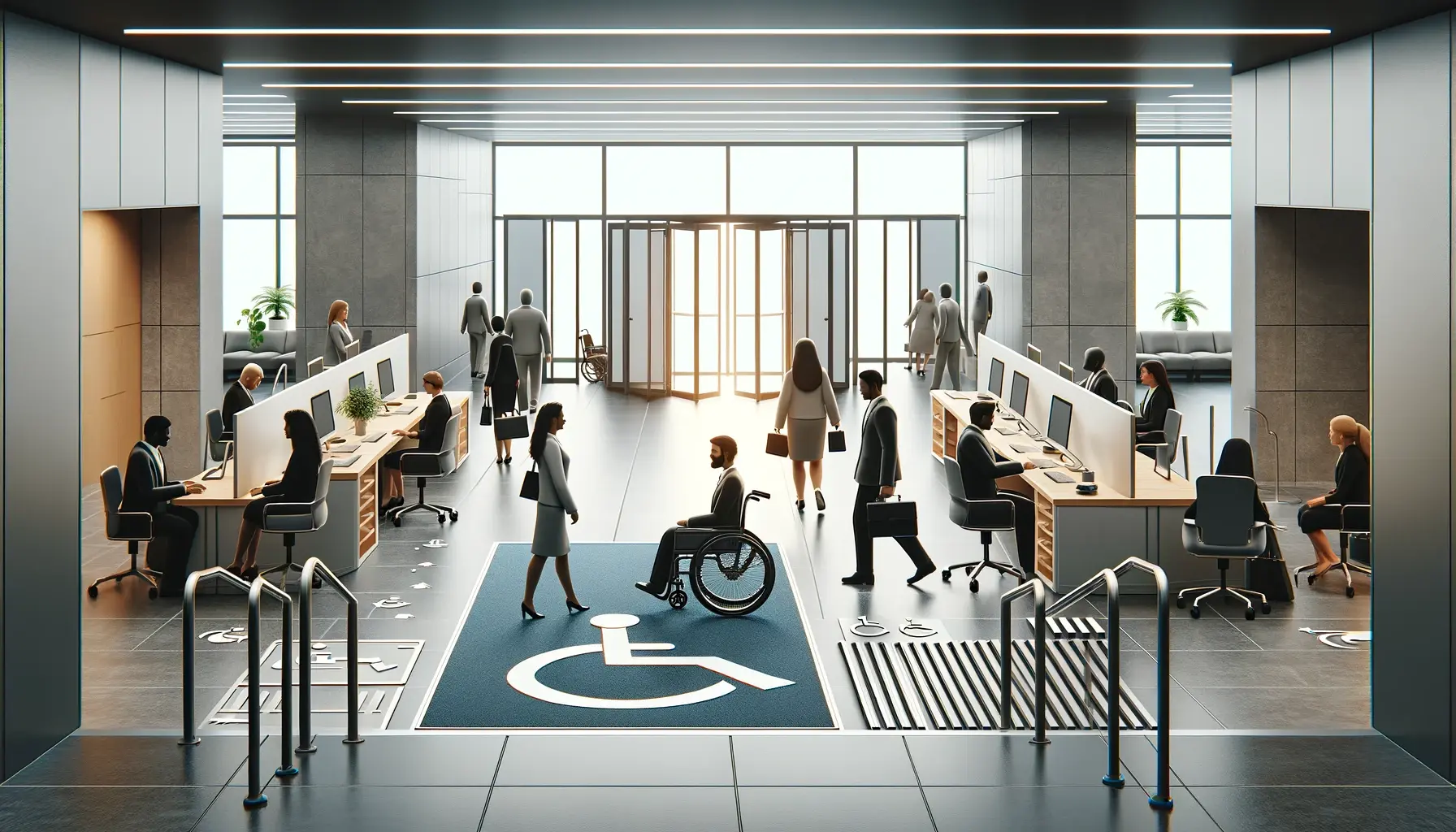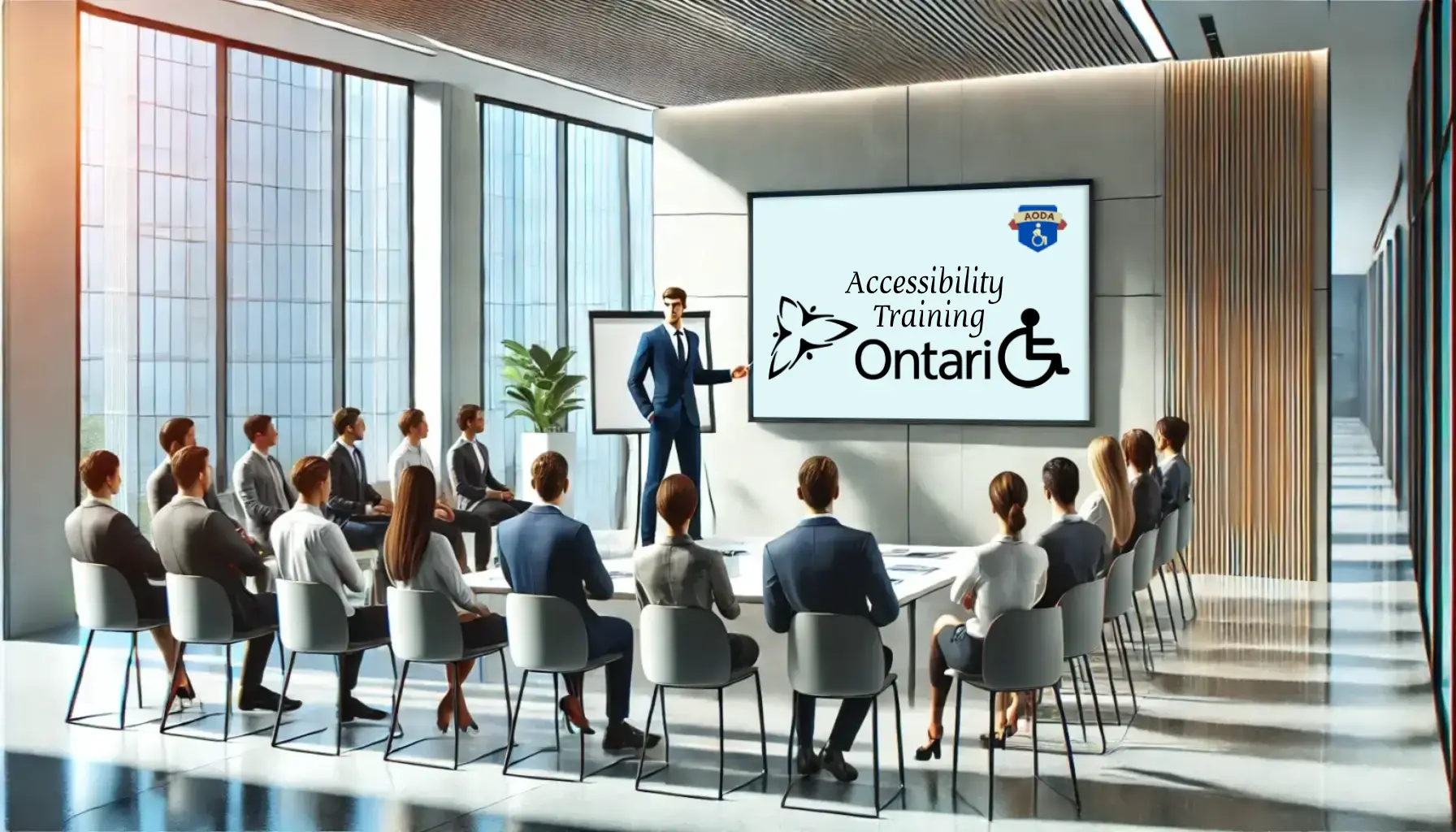A new study delves into the neurological changes in people with blindness. It demonstrates that losing one’s sight before the age of 3 causes long-term alterations and subsequent enhancements to the other senses.
It has long been theorized that individuals who lose one of their senses, or who have it significantly reduced, “make up” for this deficit with their other senses.
Even back in the 18th century, philosopher Denis Diderot wrote in awe about a blind mathematician who could distinguish real coins from fake ones just by touching them.
Although the brain’s ability to compensate in response to a lack of visual stimulation is considered common knowledge, it was not until the 1990s and the advent of brain imaging that the theory could be confirmed. Today, the precise changes that occur in the brain are still being unpicked.
For instance, a 2009 study conducted at University of California-Los Angeles’ Laboratory of Neuroimaging, uncovered some of the details. Using sensitive brain imaging techniques, they found that, in blind people, visual regions of the brain were small compared with those with normal sight, but nonvisual areas were larger in volume.
Although this marked a step toward understanding this process, the exact changes in the brain are still poorly understood.
Extract from original article: https://www.medicalnewstoday.com/articles/316493







